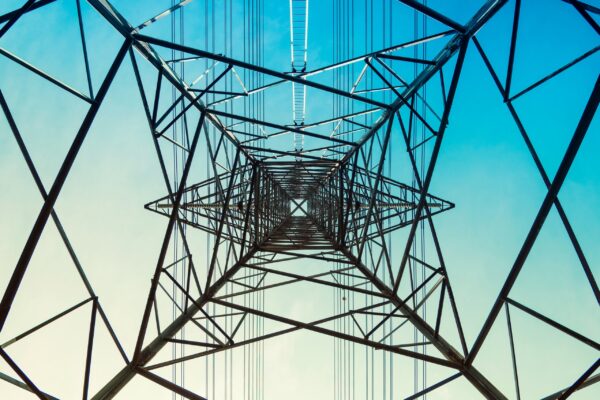
How did the Autumn Statement affect non-domestic energy consumers?
How did the Autumn Statement delivered by Jeremy Hunt on 22 November, affect non-domestic energy consumers?
On 22 November Chancellor Jeremy Hunt delivered his Autumn Statement in the House of Commons. Let’s look at some of the highlights for public sector and business energy end-users.
New Climate Change Agreement Statement
One of the headline items of the Statement was the introduction of a new six-year Climate Change Agreement scheme. Department for Energy Security and Net Zero seeks views on proposals for the new scheme, to begin in 2025.
First, what is the Climate Change Agreement (CCA) scheme?
CCAs are voluntary agreements between UK industry and the Environment Agency to reduce energy use and carbon dioxide (CO2) emissions. In return, operators receive a discount on the Climate Change Levy (CCL), a tax added to electricity and fuel bills.
What about new entrants?
The scheme would be open to new entrants who qualify under the current eligibility criteria. New entrants can apply to enter the CCA scheme at any time. The proposed start date for applications is 1 May 2024.
What about the thresholds?
The government is proposing to continue to use the following thresholds:
- Sectors are eligible if either their energy costs amount to at least 10% of their production value (i.e. EI ≥ 10%); or
- Amount to 3% or more but less than 10% of their production value so long as there is an import penetration ratio of at least 50% (i.e. 3% ≤ EI < 10% and IP ≥ 50%).
Under the current proposals, new entrants who join partway through a target period will be required to complete one Target Period before being certified to receive reduced rates of CCL.
Climate Change Levy freeze
The main and reduced rates of Climate Change Levy will be frozen in the UK in 2025-26 at the main rate of £0.00775/kWh for electricity and gas, £0.02175/kWh for liquid petroleum gas (LPG), and £0.06064/kWh for any other taxable commodity.
Reduced rates will be frozen at 92% for electricity, 77% for LPG, and 89% for gas and any other taxable commodity.
Emissions Trading Scheme (ETS)
The Autumn Statement confirmed the reforms the UK ETS authority announced in July 2023, including a tighter cap at the top of the net zero consistent range in 2024. To ensure there is no sudden drop in allowance supply between 2023 and 2024, additional allowances from reserve pots will be released to the market between 2024 and 2027.
The Autumn Statement also confirmed the scheme will be extended to cover emissions from domestic maritime and energy from waste in 2026 and 2028 respectively.
Carbon price support review and 2025-26 rates
The government will maintain Carbon Price Support (CPS) rates in Great Britain at a level equivalent to £18 per tonne of carbon dioxide in 2025-26 and will continue to engage with industry and review CPS beyond the announced rates.
Full expensing made permanent
Companies across the UK will be able to write off (“fully expense”) the full cost of qualifying main rate plant and machinery investment in the year of investment, meaning companies are rewarded with up to 25p off their tax bill for every £1 they invest.
Permanent full expensing can provide further support for companies wanting to decarbonise by investing in solar panels and heat pumps, and for companies that want to invest in newer, greener plant and machinery.
Charities will be able to claim VAT relief for the installation of energy-saving materials
The government will expand the VAT relief available on the installation of energy-saving materials by extending the relief to additional technologies, such as water-source heat pumps, and bringing buildings used solely for a relevant charitable purpose within scope. This will be implemented UK-wide in February 2024.
Where can I find more information?
The Autumn Statement 2023 can be found in full on the gov.uk website.










